The Power of Active Recovery: How to Keep Moving on Rest Days
11 March 2025
When it comes to fitness, you’ve probably heard phrases like “no pain, no gain,” or “push harder, recover later.” But let’s pump the brakes for a moment. While hardworking gym sessions and intense runs fuel progress, rest days are just as important for building strength, endurance, and better health. But here’s the twist: resting doesn’t mean you have to transform into a couch potato. That’s where active recovery comes in.
Active recovery, simply put, is the magic formula that allows you to recharge without hitting the pause button. It’s like putting your body on ‘low power mode’—you’re still moving, but in a gentler, more restorative way. Intrigued? Let’s unravel why active recovery is so powerful and how you can incorporate it into your routine!
Why Rest Days are Critical for Your Body
Before we dive into active recovery, let’s take a quick look at why rest days are non-negotiable. When you exercise—whether you’re doing strength training, cardio, or a mix—your muscles experience tiny tears (don’t worry, it’s a good thing). It’s during your rest days when those muscles repair themselves, growing stronger and more resilient.Skipping rest days? Bad idea. That’s like driving a car with an empty gas tank. You risk overtraining, which can lead to fatigue, poor performance, injuries, and even burnout. Your body needs time to reset, and trust me, it will thank you for it.
But rest doesn’t have to mean sitting completely still. That’s where active recovery swoops in to save the day!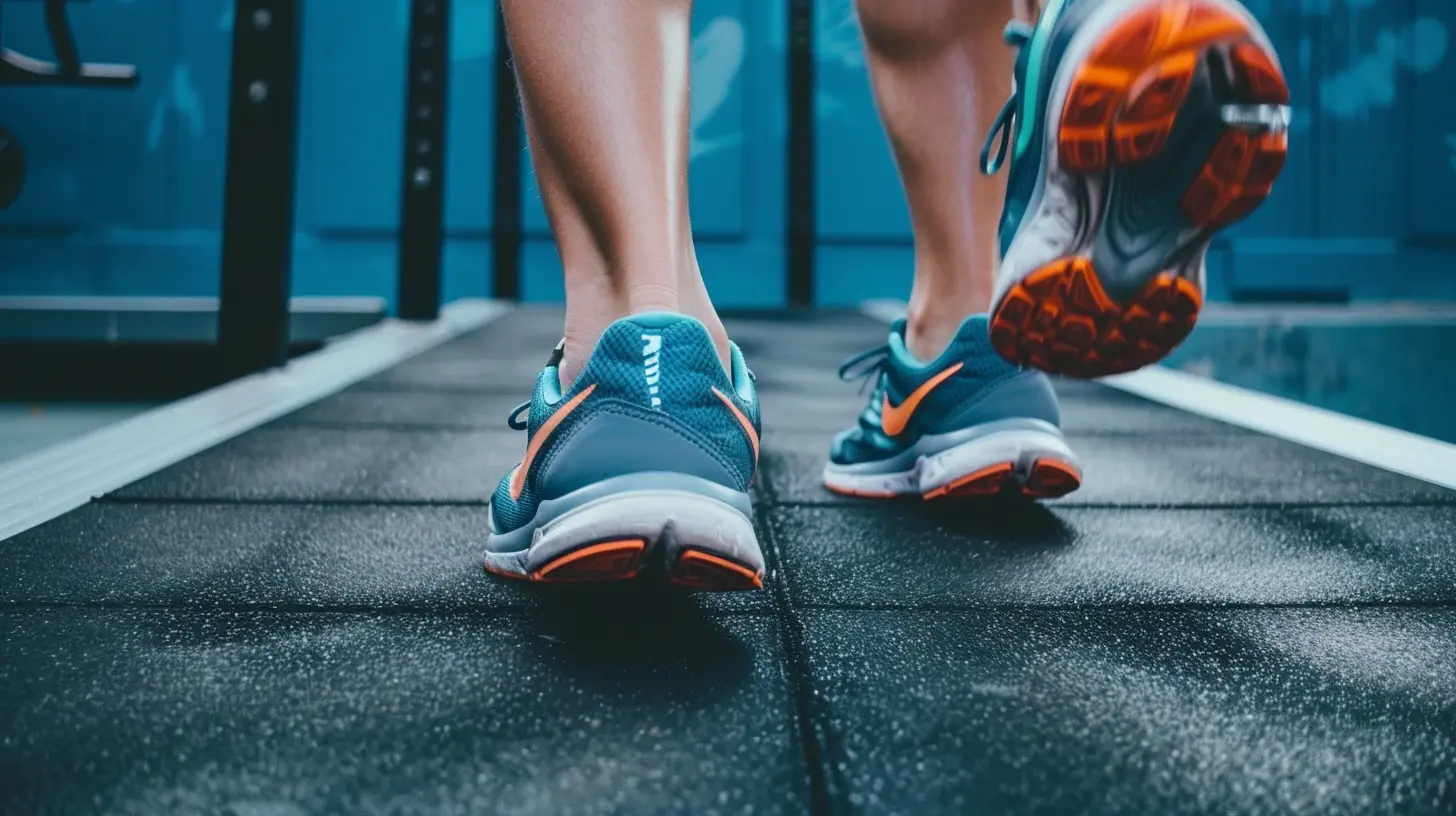
What is Active Recovery?
Active recovery is the sweet spot between rest and exercise. It involves low-intensity movements that promote blood flow, enhance healing, and prevent stiffness. Think of it as the warm hug your muscles need after an intense workout.Here’s the deal: active recovery is not a workout. It’s not about smashing personal records or breaking a sweat. It’s about gentle, purposeful movement that helps your body recover faster and more efficiently. Think yoga, leisurely walks, swimming, or even light cycling—it’s all about movement without stress.
The Benefits of Active Recovery
Active recovery isn’t just another fitness buzzword. Science backs it up, and once you incorporate it into your routine, you’ll wonder why you haven’t been doing it all along. Here’s why active recovery is a game-changer:1. Boosts Circulation
Ever feel sore after a workout and wonder if your legs turned into wooden planks overnight? That’s because lactic acid and other waste products can build up in your muscles. Gentle movement during active recovery helps increase blood flow, which acts like a clean-up crew for your body. It flushes out those nasty byproducts and brings in fresh oxygen and nutrients to promote healing.2. Reduces Muscle Soreness
Delayed Onset Muscle Soreness (DOMS) can feel like a cruel reminder of yesterday’s workout. Active recovery can help dial down that soreness. How? By keeping your muscles warm and loose, which prevents stiffness and makes it easier for your body to bounce back.3. Improves Flexibility and Mobility
Let’s be honest—most of us could use a little more flexibility. Incorporating activities like yoga or stretching during active recovery days not only aids in healing but also improves your overall range of motion. This means fewer injuries and better performance during your next workout.4. Supports Mental Wellness
Recovery isn’t just physical—it’s mental too. Rest days can sometimes make you feel restless or even guilty (hello, fitness enthusiasts!). Active recovery gives you a healthy balance. You’re still moving, which releases endorphins (aka happy hormones), but you’re also giving your body the TLC it needs. Win-win, right?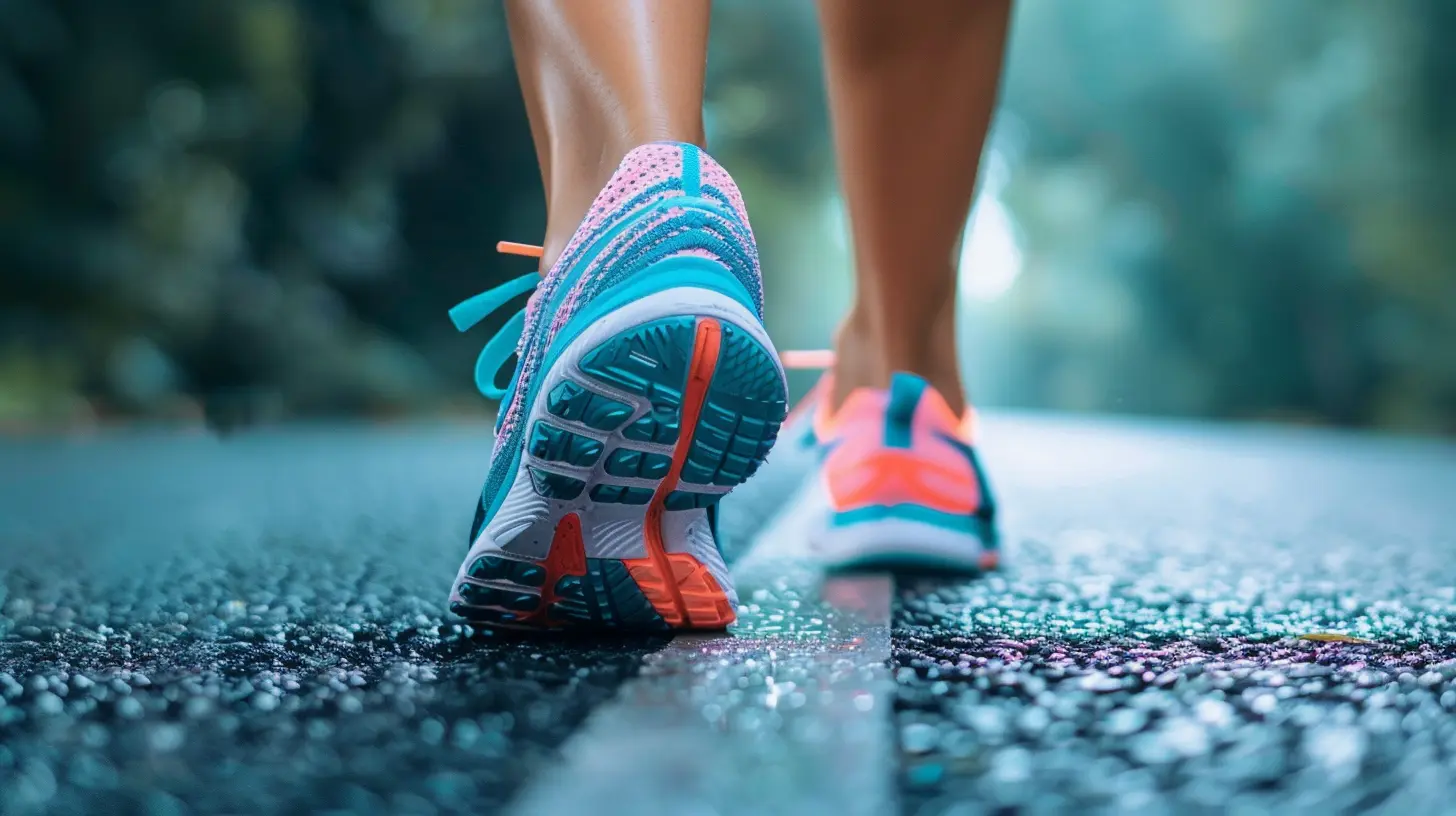
Examples of Active Recovery Activities
Now that you’re sold on the benefits, let’s explore some practical ways to keep moving on your rest days. Spoiler: these activities are fun, low-impact, and easy to fit into your routine.1. Yoga
Whether it’s a gentle Hatha yoga session or a few restorative poses, yoga is a rock star when it comes to active recovery. It works wonders for your flexibility, reduces stress, and enhances body awareness. Plus, there’s nothing quite like ending a session with deep breaths in Child’s Pose.2. Walking
Never underestimate the power of a simple stroll around your neighborhood or local park. Walking is low-impact, gets your blood flowing, and gives you a chance to soak up some vitamin D. Bonus points if you bring a furry friend along!3. Swimming
Swimming is like a full-body massage in motion. The buoyancy of water reduces stress on your joints while still giving your muscles a gentle workout. It’s also super refreshing, especially on hot days.4. Foam Rolling
Alright, foam rolling might not feel amazing in the moment (good pain, anyone?), but it’s a fantastic way to release muscle tightness and improve blood circulation. Think of it as giving your muscles a DIY massage.5. Tai Chi or Qigong
These ancient practices blend slow, controlled movements with breathwork. They’re perfect for improving balance, posture, and relaxation while still keeping you active.How to Incorporate Active Recovery Into Your Routine
Not sure how to squeeze active recovery into your jam-packed schedule? Don’t sweat it (literally). Here are some tips to make it work:- Plan Ahead: Just like you schedule your workouts, pencil in your active recovery days. Treat them as important appointments with yourself.
- Listen to Your Body: Feeling extra sore or fatigued? Opt for gentler activities like stretching or yoga. Feeling good? Go for a brisk walk or swim.
- Mix It Up: Variety keeps things interesting. Try different activities to find what feels best for your body and keeps you engaged.
- Keep it Short: Active recovery doesn’t have to take up your whole day. A 20-30 minute session is often enough to reap the benefits.
Common Mistakes to Avoid During Active Recovery
While active recovery is simple and effective, it’s easy to get carried away. Keep these common missteps in mind to ensure you’re doing it right:1. Going Too Intense
Remember, this isn’t “workout round two.” Save the heavy lifting and sprints for your regular training days. Active recovery should be as easy as a Sunday morning.2. Skipping Rest Altogether
Active recovery is not a replacement for complete rest. Listen to your body—sometimes, a full day of lounging is exactly what it needs.3. Ignoring Proper Nutrition
Recovery isn’t just about movement—it’s about fueling your body too. Don’t forget to hydrate and eat nutrient-dense foods to support the healing process.Active Recovery Myths—Busted!
Let’s squash a few misconceptions about active recovery while we’re at it:Myth #1: “Active Recovery is Only for Elite Athletes.”
Not true! Active recovery is for everyone, whether you’re training for a marathon or just hit your first yoga class.Myth #2: “If You’re Not Sweating, It Doesn’t Count.”
False! The whole point of active recovery is to avoid overexertion. Sweat is optional.Myth #3: “It’s a Waste of Time.”
Think of active recovery as an investment in your fitness. You’ll come back stronger, more flexible, and less prone to injuries.Final Thoughts: Rest Smart, Not Hard
Active recovery is like the unsung hero of fitness. While it may not be as flashy as a heavy lifting session or a long run, it plays a crucial role in helping you become stronger and healthier. By embracing low-intensity movement, you’ll not only recover faster but also enjoy your rest days more. So go ahead, keep moving—even on your “off” days. Your body (and mind) will thank you!all images in this post were generated using AI tools
Category:
WorkoutsAuthor:

Holly Ellison
Discussion
rate this article
10 comments
Francesca Ross
Active recovery enhances muscle repair and reduces soreness by promoting blood flow. Strategies like light jogging, yoga, or walking can rejuvenate your body while keeping you engaged.
April 7, 2025 at 3:22 PM

Holly Ellison
Thank you for your insight! Active recovery truly is a vital component of maintaining muscle health and enhancing overall recovery.
Nala Jordan
Embrace the power of active recovery! Movement on rest days fuels growth, rejuvenates your body, and ignites your spirit. Stay active, stay inspired, and thrive!
April 3, 2025 at 2:57 PM

Holly Ellison
Thank you! Active recovery truly enhances both physical and mental well-being, helping us rejuvenate and stay inspired. Let's keep moving!
Micah Kirkland
Thank you for sharing this insightful article! The importance of active recovery is often overlooked, yet it plays a crucial role in overall wellness. I appreciate the practical tips provided for incorporating movement into rest days—these strategies are sure to benefit many readers on their health journeys!
April 3, 2025 at 3:27 AM

Holly Ellison
Thank you for your kind words! I'm glad you found the article helpful and the tips practical for incorporating active recovery into rest days. Here's to better wellness!
Esme Roberts
This article beautifully highlights the importance of active recovery. It's a gentle reminder that rest doesn't mean inactivity; instead, it's about nurturing our bodies through movement. Embracing these days can enhance our overall well-being and rejuvenate our motivation. Thank you for sharing!
April 1, 2025 at 4:21 PM

Holly Ellison
Thank you for your thoughtful comment! I'm glad you found the article helpful in understanding the value of active recovery.
Owyn Richardson
Active recovery nurtures both body and mind, promoting balance and resilience while enhancing overall well-being on rest days.
March 31, 2025 at 2:25 PM

Holly Ellison
Thank you! I completely agree—active recovery is essential for not just physical recovery but also mental clarity and overall wellness.
Jolene McKellar
Active recovery is essential for maintaining momentum on rest days. It enhances circulation, reduces muscle soreness, and boosts mental well-being, ensuring that you remain engaged and rejuvenated for your next workout. Embrace the balance!
March 28, 2025 at 3:55 PM

Holly Ellison
Thank you for your insightful comment! I completely agree—active recovery is a crucial component of a balanced fitness routine that supports both physical and mental well-being.
Buzz Martinez
Active recovery enhances fitness, accelerates healing, and prevents burnout effectively.
March 22, 2025 at 5:19 AM

Holly Ellison
Absolutely! Active recovery is a vital tool for maintaining fitness and promoting overall well-being during rest days.
Garrett Ross
Active recovery is a gentle reminder that rest doesn’t mean stagnation. Embracing light movement not only aids recovery but fosters mental clarity, enhancing the overall journey towards wellness. Every step, even slow, contributes to progress.
March 20, 2025 at 5:02 AM

Holly Ellison
Thank you for highlighting the importance of active recovery! It's a crucial part of the wellness journey, showing that even gentle movement can significantly contribute to both physical and mental progress.
Easton Green
Active recovery transforms rest days into opportunities for growth, bridging the gap between exertion and rejuvenation. By engaging in mindful movement, we honor our bodies' needs and cultivate resilience, reminding ourselves that rest, too, is an integral part of progress.
March 15, 2025 at 4:05 AM

Holly Ellison
Thank you for your insightful comment! Active recovery truly enhances our understanding of rest as a vital component of our growth and resilience.
Maisie Nelson
Active recovery is vital for overall wellness; it enhances recovery and keeps your body engaged.
March 13, 2025 at 4:06 PM

Holly Ellison
Thank you for highlighting the importance of active recovery! It's essential for maintaining wellness and promoting better recovery.
MORE POSTS

Meditation for Beginners: The Journey to Mindfulness
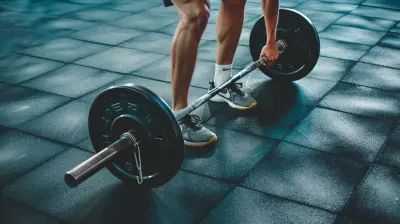
The Perfect Warm-Up for Weightlifting Sessions

The Role of Magnesium in Supporting Bone Density
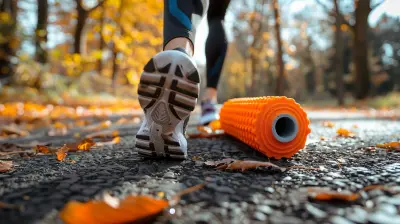
Foam Rolling for Runners: Benefits and Techniques

Low Carb Diets and Intermittent Fasting: A Powerful Combo

Finding Joy in the Present Moment with Mindfulness
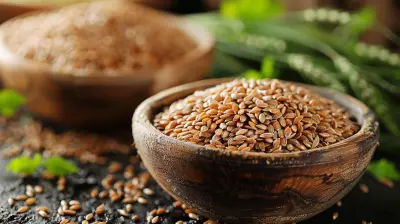
Exploring How a High-Fiber Diet Impacts Mental Clarity